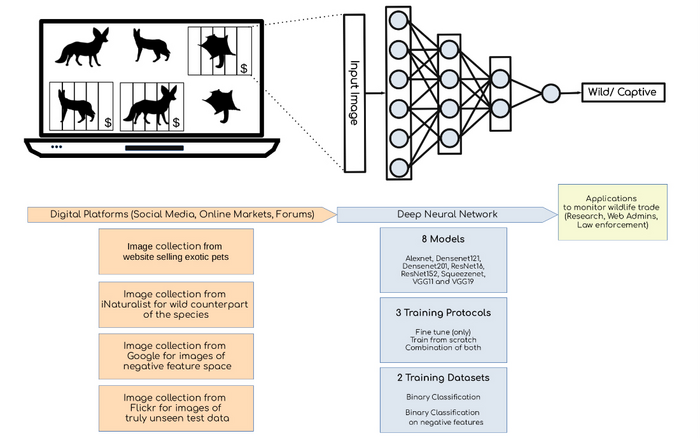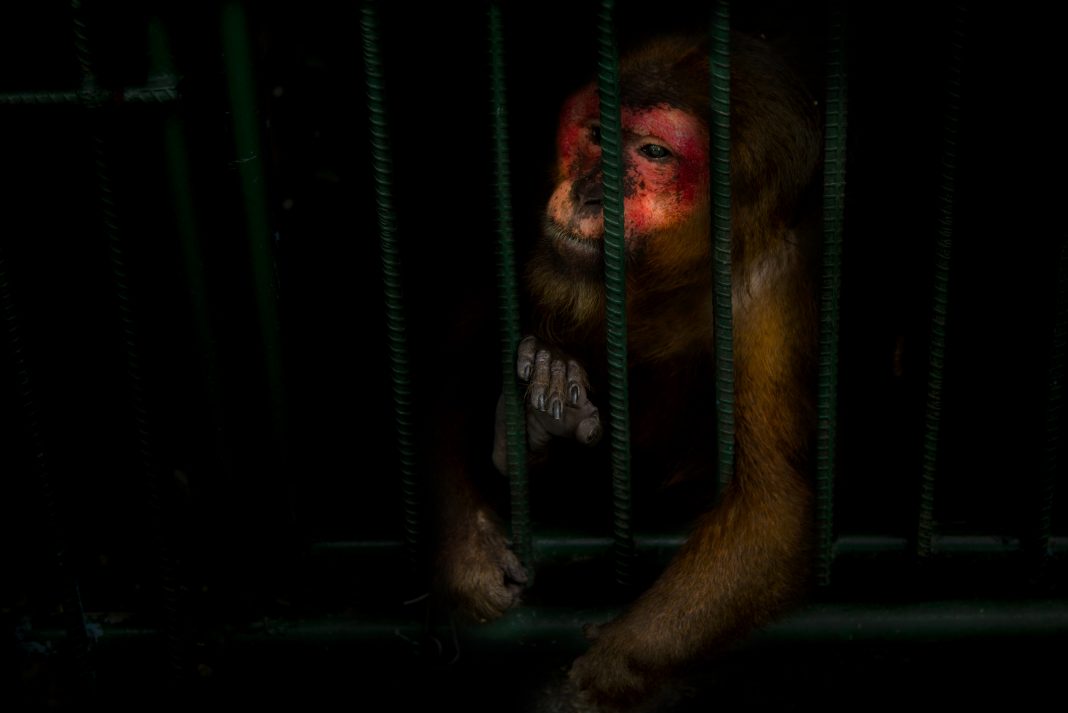Illegal wildlife trade commonly takes place in online marketplaces on the internet, involving anything from advertising to selling live animals or animal products
The illegal wildlife trade is a multi-billion-dollar industry where hundreds of species are traded globally, which negatively affects the environment, ecosystems, and even human health.
With the trade happening mostly across the internet these days, it has become an extreme difficulty to locate criminals by searching through thousands of posts.
Scientists from the Helsinki Lab of Interdisciplinary Conservation Science at the University of Helsinki noticed that automated filtering was needed.
They developed AI machines with an automated algorithm using machine learning to identify image content which indicates illegal wildlife trade on the internet.
Which animals are traded the most illegally?
- Pangolins
- African rhinos
- African elephants
- Tigers
- Leopards
- Turtles
Flagging posts which may be associated with illegal animal marketplaces
Applying this AI machine vision model, researchers could deduce from the context of an image if it concerned a potential sale of a live animal.
This method is difficult due to images related to the illegal wildlife trade of species generally need identification of the context in which the species are portrayed.

Dr. Ritwik Kulkarni, the lead author of this study, noted: “This is the first-time machine vision models have been applied to deduce the context of an image to identify the sale of a live animal. When a seller is advertising an animal for sale, many times the advertisement is accompanied by an image of the animal in a captive state.
“This differs from non-captive images, for example, a picture of an animal taken by a tourist in a national park. Using a technique called feature visualisation, we demonstrated that our models could take into account both the presence of an animal in the image and the surrounding environment of the animal in the image.
“Thus, making it possible to flag the posts which may be selling animals illegally.”
Discerning between natural and captive contexts
To conduct whether these models worked, scientists trained 24 different neural-net models on a newly created dataset, under various experimental conditions.
The top-performing AI machine models achieved very high accuracy and were able to discern well between natural and captive contexts.
To ensure the complete legitimacy of the AI machine models, they were also tested and performed well on data acquired from a source unrelated to training data. This demonstrated the capability to work well for the identification of other content on the Internet.
Associate Professor Enrico Di Minin, who heads the Helsinki Lab of Interdisciplinary Conservation Science, said: “These methods are a game changer in our work that seeks to enhance automated identification of illegal wildlife trade content from digital sources.
Seeking to enhance automated identification of illegal wildlife trade content from digital sources
“We are now upscaling this work to include more taxonomic groups beyond mammals and to develop new models that can identify image and text content simultaneously.”











